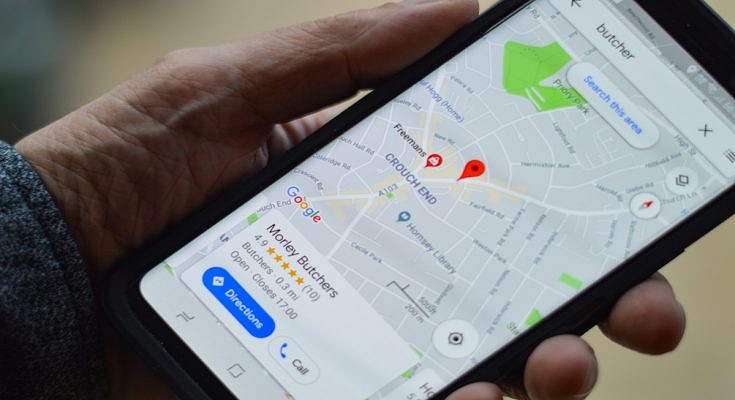Key Highlights
- Google Maps will store location history on your device, not on Google’s servers
- The feature is renamed “Timeline” and is only available on the mobile app
- Users can create encrypted backups to save their data when switching devices
Google Maps is introducing a significant change to protect user privacy. The app will no longer store your location history on Google’s servers. Instead, this data will be saved directly on your device. This change comes as part of Google’s ongoing efforts to enhance privacy and give users more control over their data. Also Read | Google Maps Useful Tricks: How To Download Offline Maps For Internet-Free Navigation
Transition To Device Storage

Previously, Google Maps stored location history on its servers, allowing users to access their travel data from any device. With the new update, this information will be stored locally on users’ Android or iOS devices. This means that where you go and the places you visit will be recorded only on your phone, keeping it under your control.
Renaming To Timeline
In line with this update, Google has renamed the location history feature to “Timeline.” This rebranding reflects the shift in how data is handled. The Timeline will no longer be available on the web version of Google Maps, focusing solely on mobile app users.
Gradual Rollout and Deadline
Google is rolling out this feature gradually, with a deadline set for December 1, 2024. Users will be notified through an email or a push notification from Google Maps when the feature becomes available to them. These notifications will guide users on how to migrate their existing location history to their devices.
Enhanced Security With Encrypted Backups
To ensure that users do not lose their location history, Google Maps will offer an option to back up this data securely. These backups will be encrypted, providing an extra layer of security. Only the user will have access to this backup, which can be restored when switching to a new phone. This feature ensures that your Timeline data remains safe even if you change devices.
Impact On Web Access
One notable change is that users will no longer be able to access their Timeline data via the web interface of Google Maps. This feature will be exclusively available on the mobile app. While this means you won’t be able to sync your location history across multiple devices, it does enhance the privacy and security of your data.
How To Save Your Timeline Data

As Google rolls out this feature, it’s possible that it has not reached all users yet. When it does, users will receive a notification prompting them to migrate their location history. If users do not take action, Google may delete some or all of their Timeline data as the web feature is phased out.
Also Read | Google Maps Now Has Geospatial AR Content Support: What Is It? How To Use?
Conclusion
Google Maps’ new approach to handling location history is a significant step towards protecting user privacy. By storing data locally on devices and offering encrypted backups, Google ensures that users have greater control and security over their location information. Keep an eye out for notifications from Google Maps to make sure you migrate your Timeline data and enjoy the enhanced privacy features.
